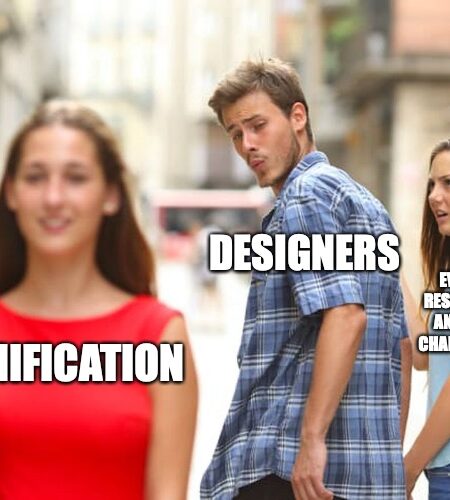Is Gamification Going to Change your WORLD?
Gamification has emerged as a popular trend in enhancing products and processes, blending elements of gaming into the business world. However, it’s important to dispel the notion that gamification is a cure-all. This guide aims to set realistic expectations for beginners embarking on gamification projects, emphasizing the balance between gamification’s potential benefits and its limitations.
The essence of gamification lies in integrating game-like elements into more routine tasks, making them more engaging. However, this excitement can lead to unrealistic expectations.
Since the mid-2010s, skepticism has lingered in the business world regarding the actual business value of gamification. Thus, when advocating for gamification, it’s essential to promise only what is achievable and apply design thinking to your efforts.
You might create better engagement and retention in your users but they might not become die hard fans of your “Office Training Program”

Understanding Gamification’s Role
Defining Gamification
Gamification involves incorporating game-like elements into non-game contexts, such as business processes or products. This can include the use of points, badges, leaderboards, and other elements typical of games to increase engagement and motivation.
The Misconception of Gamification
A common misconception is that gamification can turn inefficient processes or products into successful ones merely by adding game elements. However, gamification is not a substitute for fundamental quality and value. It’s an enhancement tool, not a repair kit.
Gamification is Not Game Design
It’s vital to distinguish between gamification and game design. Gamification involves borrowing elements from games to make tasks more engaging, not transforming tasks into full-fledged games. For example, LinkedIn uses a progress bar to encourage profile completion – a simple yet effective gamification element, unlike integrating complex game mechanics which might not align with the platform’s professional nature.
Setting Realistic Expectations
The Limitations
Understanding the limitations is key. Gamification won’t fix a fundamentally flawed process or product. It’s about accentuating the positive, not masking the negative.
The Potential
When implemented thoughtfully, gamification can significantly enhance user engagement, motivation, and satisfaction. It can create a more interactive and enjoyable experience, encouraging users to engage more deeply with the product or process.

Integrating Gamification: A Step-by-Step Approach
- Identify Objectives: Clearly define what you hope to achieve with gamification. Is it to increase user engagement, improve productivity, or enhance learning?
- Understand Your Audience: Tailor your gamification strategy to the preferences and behaviors of your target audience. What motivates them? What are their interests?
- Design Thinking in Gamification: Apply design thinking principles—empathize with users, define the problem, ideate solutions, prototype, and test. This approach helps ensure that the gamification elements are user-centered and effective.
- Choose Appropriate Game Elements: Not all game mechanics are suitable for every context. Select elements that align with your objectives and audience. For instance, a leaderboard might foster healthy competition in a sales environment but could be counterproductive in collaborative team tasks.
- Implement Ethically: Avoid manipulative practices. Gamification should be transparent, fair, and respect the user’s autonomy.
- Test and Iterate: Launch your gamification elements in a controlled environment, gather feedback, and be prepared to make adjustments. Continuous improvement is key to effective gamification.
Common Gamification Elements
- Points: Represent achievements or progression.
- Badges: Symbolize accomplishments or skills.
- Leaderboards: Foster competition by displaying user rankings.
- Challenges: Encourage users to complete specific tasks.
- Progress Bars: Visualize advancement towards a goal.
Ethical Considerations
Gamification should enhance, not exploit. Ethical considerations include transparency, respect for the user, and avoiding any form of manipulation. The goal is to create a positive and engaging experience, not to control or deceive users.
Learn more with our post on Dark Patterns
Conclusion: Embracing Gamification with a Balanced View
To conclude, gamification is a powerful tool when used correctly. It’s not about creating games but about enhancing real-world applications with game-like elements. For beginners, the key is to start with a clear understanding of gamification’s capabilities and limitations, focus on user-centric design, and maintain ethical standards.
With this approach, gamification can be a valuable addition to your project, adding an engaging and motivational layer to your product or process.
Estimated reading time: 4 minutes
Subscribe to our email newsletter to get the latest posts delivered right to your email.



Comments